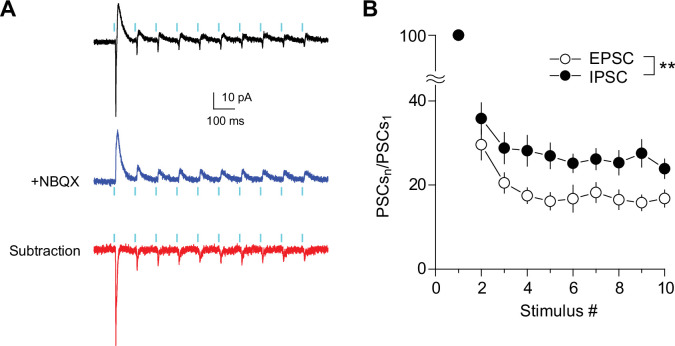Figure 5. Frequency-dependent shift of glutamate/GABA co-transmission balance of SuM inputs in GCs.
(A, D) Representative traces of EPSCs (Vh = –70 mV) (A) and IPSCs (Vh = 0 mV) (D) in response to 10 light stimuli at 5 Hz (left) or 20 Hz (right) in 2.5 mM (top) or 1 mM (bottom) extracellular Ca2+. (B) Summary graph of normalized EPSC amplitude plotted against the stimulus number in 2.5 mM extracellular Ca2+. Two-way repeated measures ANOVA, F(2,16) = 13.0, p<0.001, n=9 or 10; Tukey post hoc test: ***p<0.001. (C) Same as (B), but recorded in 1 mM extracellular Ca2+. Two-way repeated measures ANOVA, F(2,16) = 11.4, p<0.001, n=9 or 10; Tukey post hoc test: **p<0.01, ***p<0.001. (E) Summary graph of normalized IPSC amplitude plotted against stimulus number in 2.5 mM extracellular Ca2+. Two-way repeated measures ANOVA, F(2,16) = 0.003, p=0.997, n=9. (F) Same as (E), but recorded in 1 mM extracellular Ca2+. Two-way repeated measures ANOVA, F(2,16) = 0.02, p=0.981, n=9. (G) Summary plots showing the normalized amplitudes of 10th EPSCs and IPSCs at 5 Hz, 10 Hz, and 20 Hz in 2.5 mM extracellular Ca2+ (G1: two-way repeated measures ANOVA, F(1,7) = 8.03, #p<0.05, n=9 or 10; Tukey’s post hoc test, EPSC versus IPSC, *p<0.05, **p<0. 01), or in 1 mM extracellular Ca2+ (G2: two-way repeated measures ANOVA, F(1,7) = 21.76, ##p<0.01, n=9 or 10; Tukey’s post hoc test, EPSC versus IPSC, ***p<0. 001). n.s., not significant. Data are presented as mean ± SEM.
Figure 5—figure supplement 1. Short-term changes in EPSC/IPSC ratio during train stimulation at SuM-GC synapses.
Figure 5—figure supplement 2. High fidelity activation of ChR2-expressing SuM fibers during trains.




